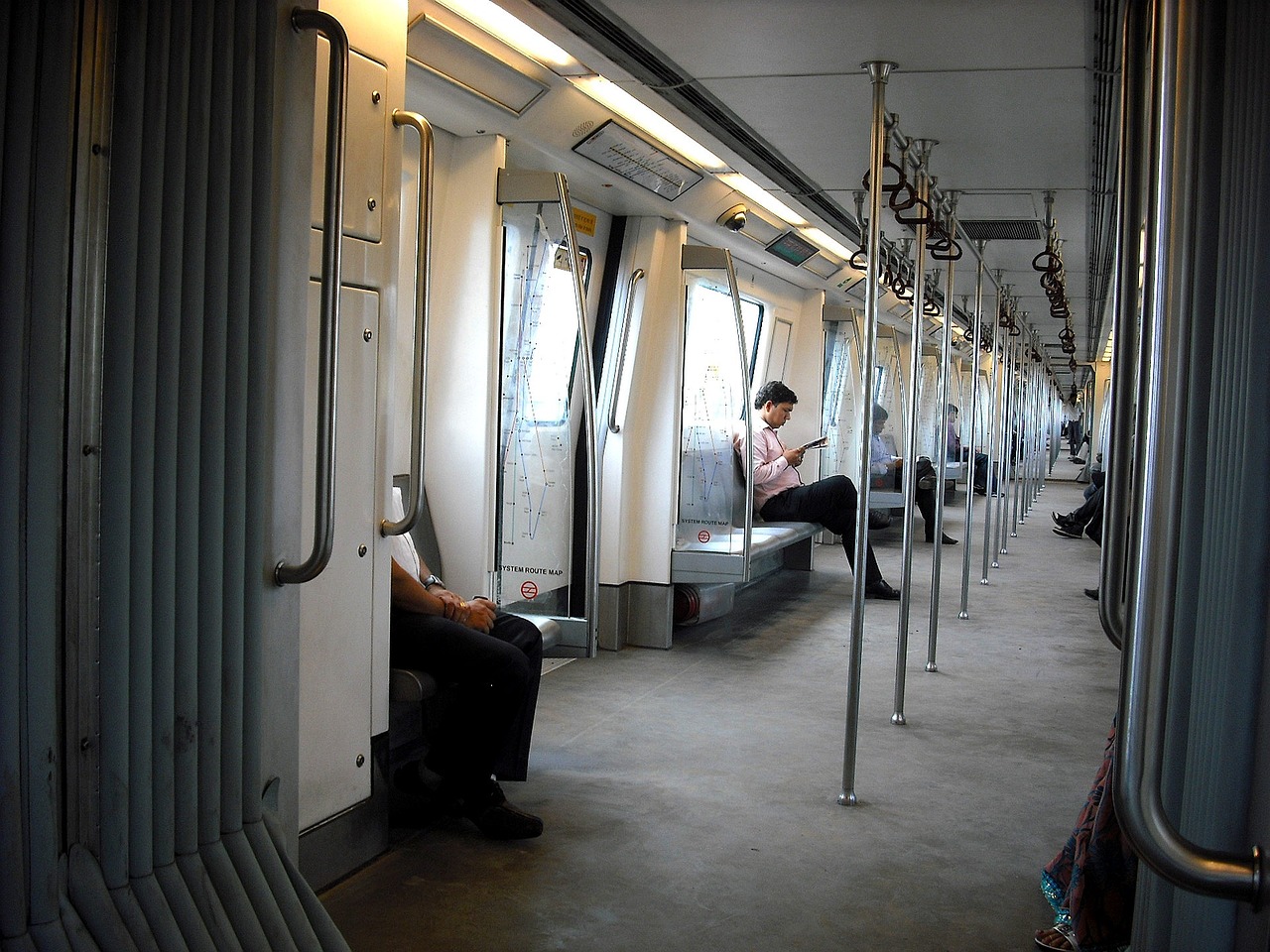
The Indian railway landscape is on the brink of a groundbreaking transformation as the first section of the much-anticipated bullet train is gearing up for completion. Set to be operational by August 2026, this high-speed rail corridor is making history as it connects Bilimora and Surat in the vibrant state of Gujarat. The marvel of modern engineering promises to redefine travel efficiency, marking a giant leap forward in the nation’s transportation infrastructure.
Unveiling the Route: Bilimora to Surat
The first leg of the bullet train project spans the distance between Bilimora and Surat, two prominent cities in Gujarat. This corridor not only connects these urban centers but also lays the foundation for an extensive high-speed rail network that is set to transform the way people commute.
Pillars of Progress: 251 Kilometers and Counting
As an engineering spectacle, the bullet train project has witnessed the erection of pillars covering an impressive distance of up to 251 kilometers. These pillars serve as the backbone of the high-speed rail infrastructure, symbolizing the unwavering commitment to progress and connectivity.
The Impact on Connectivity and Commuting
Once operational, the Bilimora-Surat bullet train section is poised to bring about a myriad of positive changes. Here are some key aspects to consider:
- Reduced Travel Time: One of the most significant advantages of the bullet train is its ability to drastically reduce travel time between cities. The Bilimora-Surat corridor is no exception, promising a commute that is not only swift but also punctual.
- Boost to Economic Activities: The enhanced connectivity facilitated by the bullet train is expected to stimulate economic activities in the regions it serves. Improved accessibility can lead to increased business transactions, tourism, and overall economic growth.
- Technological Marvel: The introduction of high-speed rail technology is a testament to India’s commitment to embracing cutting-edge solutions for its transportation needs. The bullet train is not just a mode of transport; it’s a symbol of progress and modernization.
- Environmental Considerations: With a focus on sustainable development, the bullet train is designed to be energy-efficient, reducing the carbon footprint associated with traditional modes of transportation. This move aligns with global efforts to address climate change and environmental concerns.
What Lies Ahead: Future Phases and Nationwide Impact
The Bilimora-Surat section is only the beginning of a transformative journey for India’s railway system. Future phases of the bullet train project are poised to connect various cities, creating a comprehensive network that spans the nation. As each section comes to life, it brings with it the promise of enhanced connectivity, economic growth, and a brighter, more sustainable future for India.
In conclusion, the imminent completion of the first section of the bullet train between Bilimora and Surat marks a significant milestone in India’s pursuit of modern, efficient, and sustainable transportation solutions. As the nation looks forward to experiencing the speed and comfort of high-speed rail, it’s clear that this project is not just about connecting cities; it’s about connecting the future.









